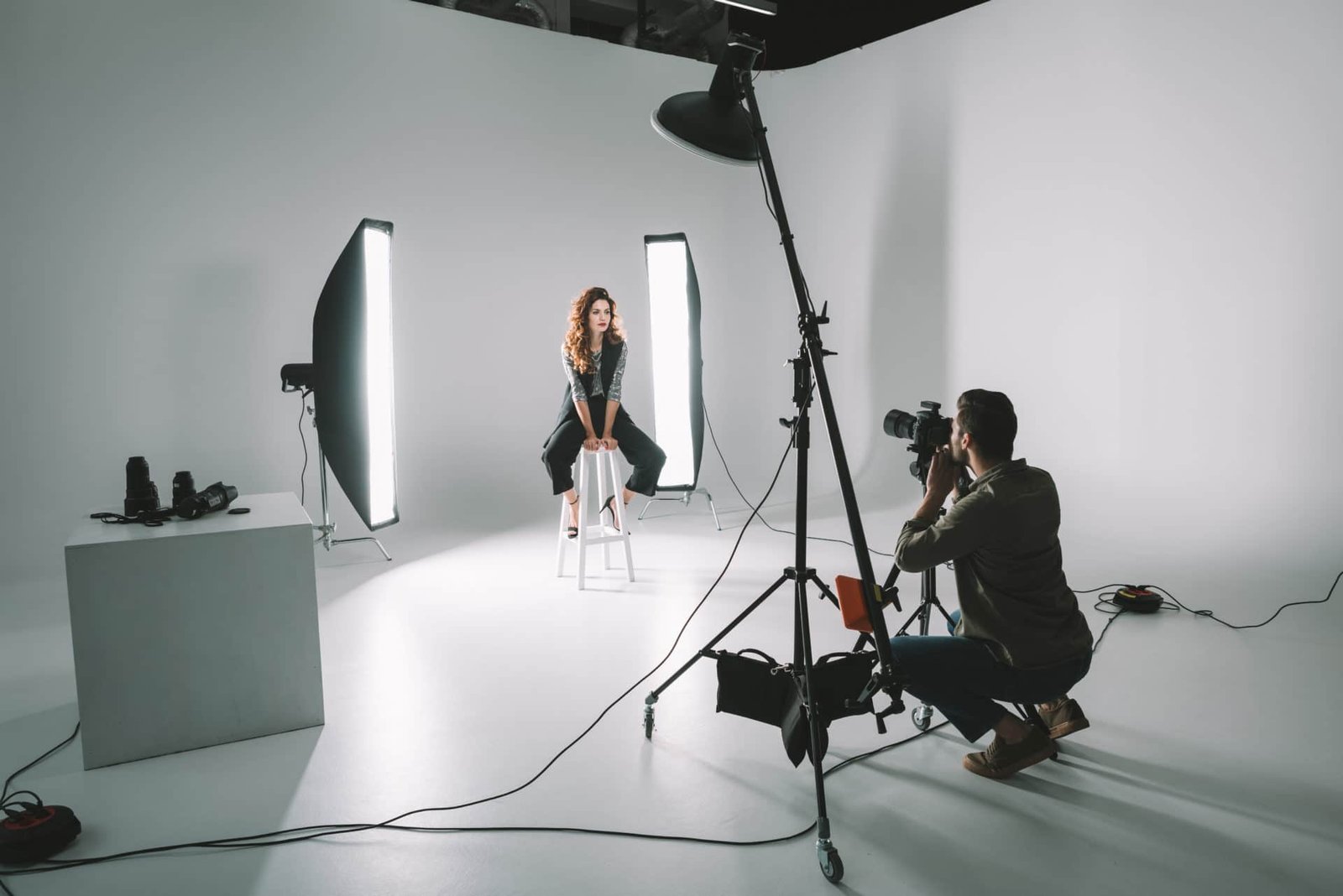When it comes to various production and manufacturing processes, the concept of a back casting room plays a pivotal role. But what exactly is a back casting room? Simply put, it’s a specialized space where the process of back casting is performed. This technique is used in industries ranging from manufacturing to medical fields and even art, allowing for the creation of detailed and precise castings. In this article, we’ll delve deep into the world of back casting rooms, exploring their history, benefits, setup, and much more.
History of Back Casting Room
The origins of the back casting room can be traced back to ancient civilizations where metalworking and casting were essential skills. Over time, these processes evolved, incorporating new materials and techniques. Key milestones in the history of back casting include the industrial revolution, which saw significant advancements in casting technology, and the introduction of digital modeling in the late 20th century, which revolutionized precision and efficiency in casting.
Purpose and Benefits
Back casting rooms serve several critical purposes:
- Enhancing Production Efficiency: By centralizing the casting process in a controlled environment, production efficiency is significantly improved.
- Quality Control: The environment allows for stringent quality checks, ensuring high standards.
- Reducing Waste: Proper setup and processes in a back casting room help minimize material waste, making it a cost-effective solution.
Types of Back Casting Rooms
There are various types of back casting rooms, each tailored to specific needs:
- Industrial Back Casting Rooms: Used for mass production in manufacturing industries.
- Medical Back Casting Rooms: Essential in creating precise medical implants and prosthetics.
- Artistic Back Casting Rooms: Used by artists to create detailed sculptures and artwork.
Key Components of a Back Casting Room
A well-equipped back casting room includes:
- Equipment and Tools: Molds, casting machines, and finishing tools.
- Safety Gear: Protective clothing, gloves, and eye protection.
- Ventilation Systems: Essential for maintaining air quality and removing fumes.
Setting Up a Back Casting Room
Setting up a back casting room requires careful planning:
- Space Requirements: Ensure there is enough space for all equipment and safe movement.
- Essential Infrastructure: Power supply, ventilation, and safety installations.
- Cost Considerations: Budget for initial setup and ongoing maintenance.
Materials Used in Back Casting
Back casting can involve various materials:
- Common Metals: Aluminum, bronze, and steel.
- Polymers and Plastics: Used for lightweight and versatile castings.
- Other Materials: Ceramics and composites for specialized applications.
Processes Involved in Back Casting
The back casting process involves several steps:
- Preparation of Molds: Creating or preparing the molds for casting.
- Casting Techniques: Pouring the material into the mold and allowing it to set.
- Finishing Touches: Polishing, trimming, and finishing the casted product.
Safety Protocols in Back Casting Room
Safety is paramount in a back casting room:
- Personal Protective Equipment (PPE): Always wear appropriate PPE.
- Hazardous Material Handling: Properly handle and store materials.
- Emergency Procedures: Have clear procedures for emergencies.
Innovations and Technological Advancements
Recent advancements have transformed back casting:
- Automation and Robotics: Increasing efficiency and precision.
- Digital Modeling and Simulation: Enhancing design accuracy.
- Eco-Friendly Practices: Reducing environmental impact through sustainable methods.
Case Studies
Exploring real-world applications:
- Successful Implementations in Industry: Examples from automotive and aerospace industries.
- Innovations in Medical Field: Advancements in custom prosthetics.
- Artistic Achievements: Notable works of art created using back casting.
Challenges and Solutions
Common challenges in back casting rooms include:
- Common Issues Faced: Equipment malfunctions, material defects.
- Effective Solutions and Best Practices: Regular maintenance and thorough training.
Future of Back Casting Rooms
Looking ahead, the future of back casting rooms seems promising:
- Emerging Trends: Increased use of AI and machine learning.
- Potential Developments: New materials and techniques for even greater precision.
Expert Tips for Optimal Back Casting Room Management
For optimal management:
- Maintenance Practices: Regular checks and servicing of equipment.
- Training and Skill Development: Continuous education for staff.
- Efficiency Tips: Streamline processes and minimize waste.
Conclusion
In conclusion, back casting rooms are essential in various fields, providing efficiency, precision, and quality control. As technology advances, these rooms will continue to evolve, offering even greater capabilities and benefits.


